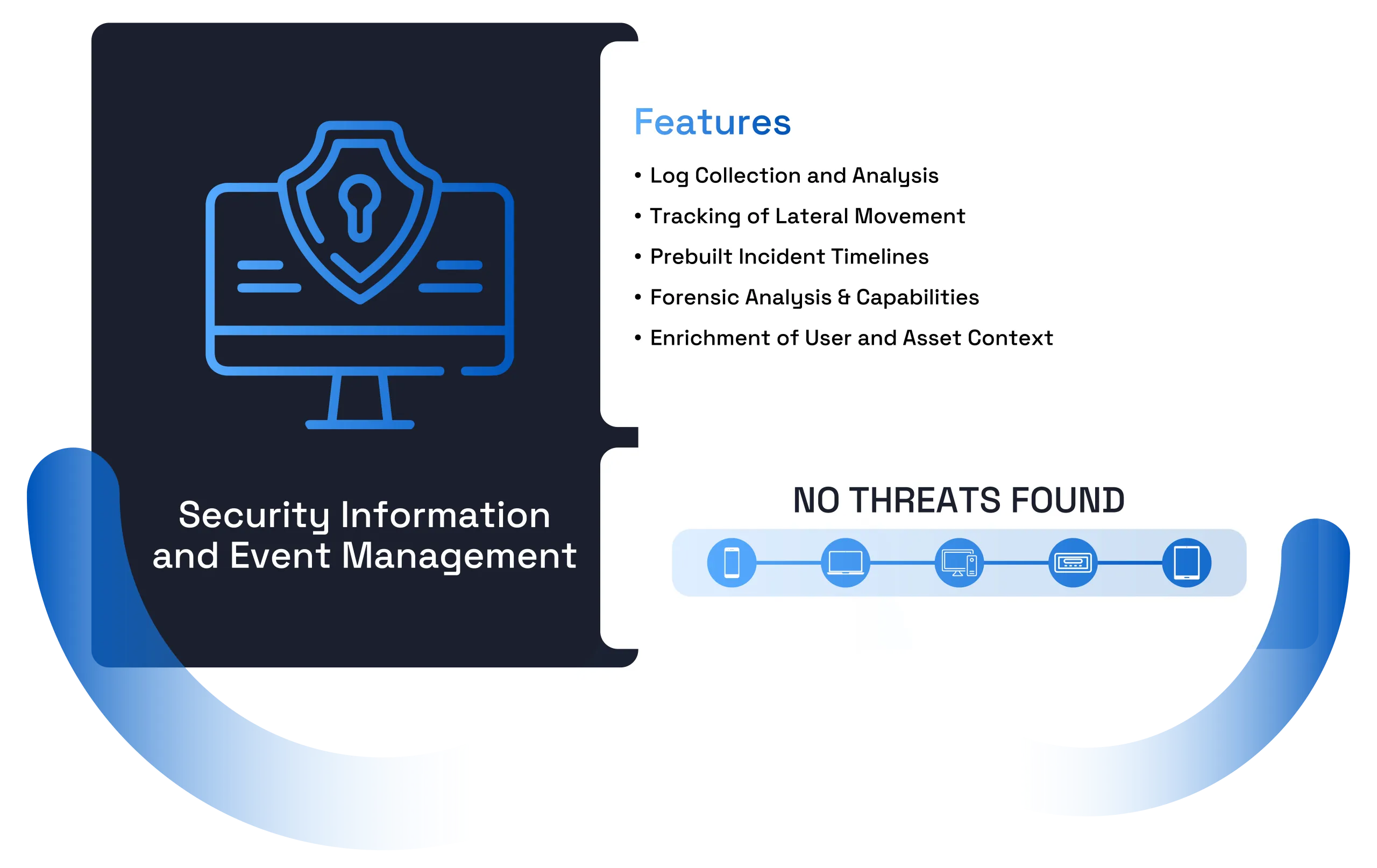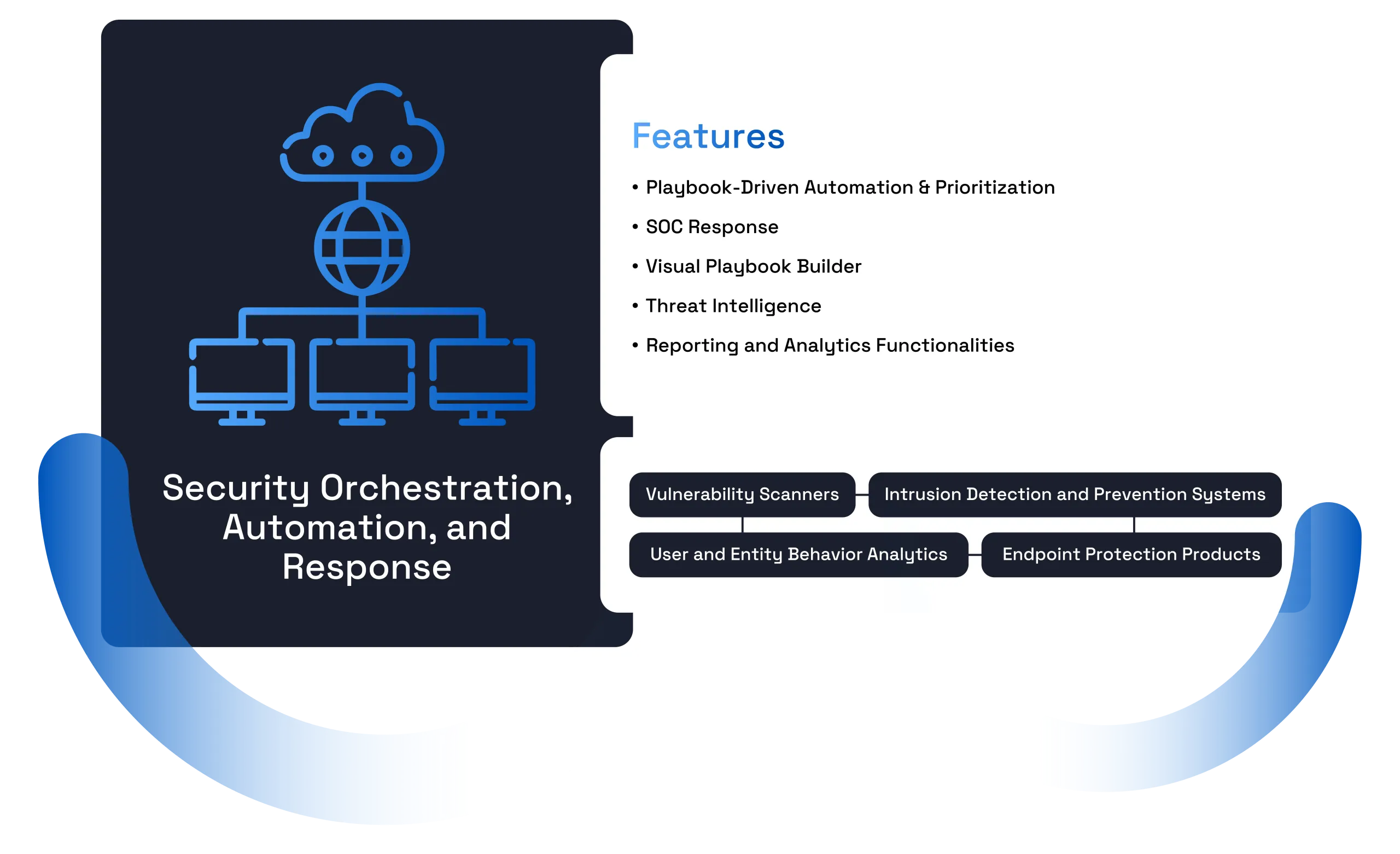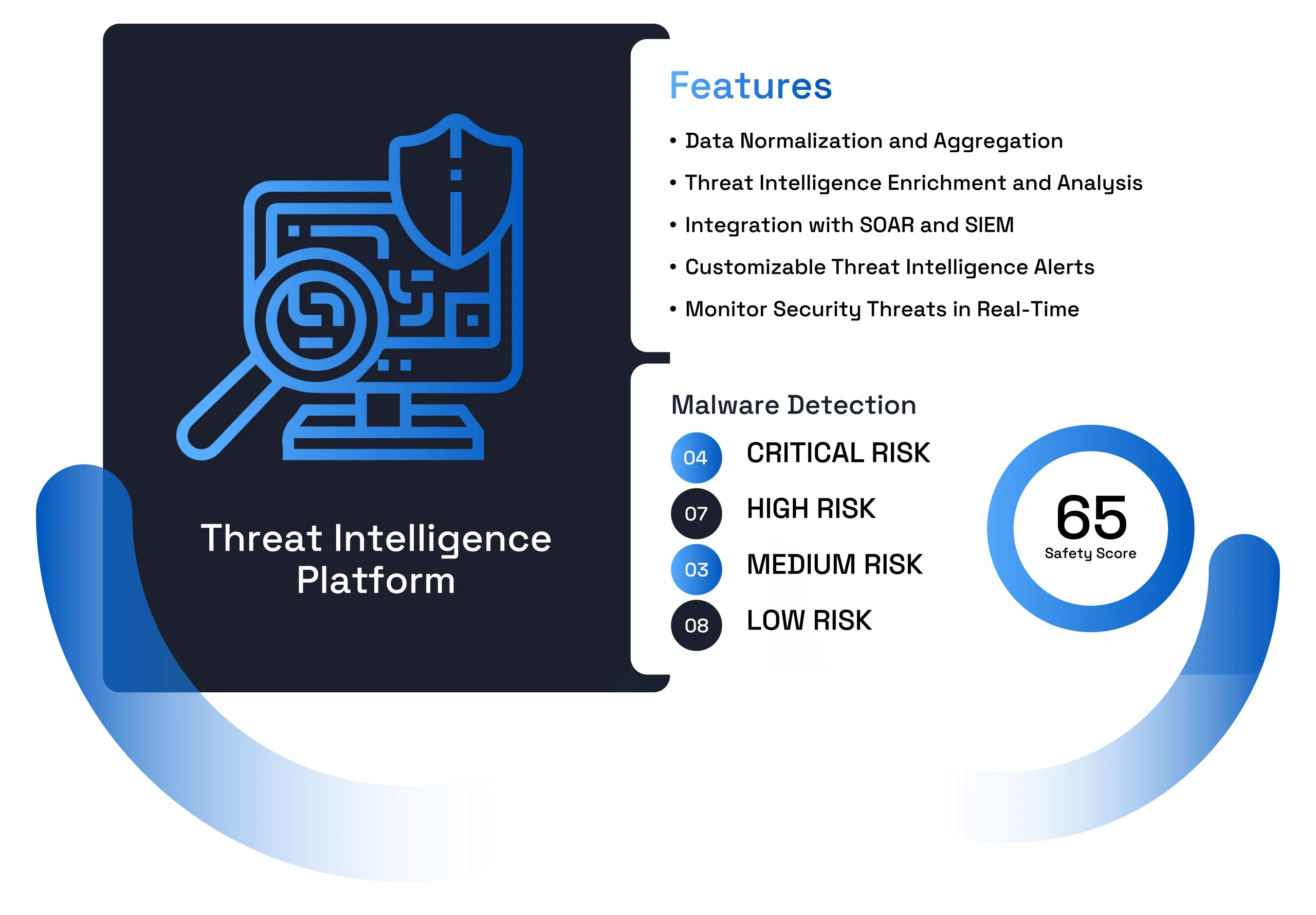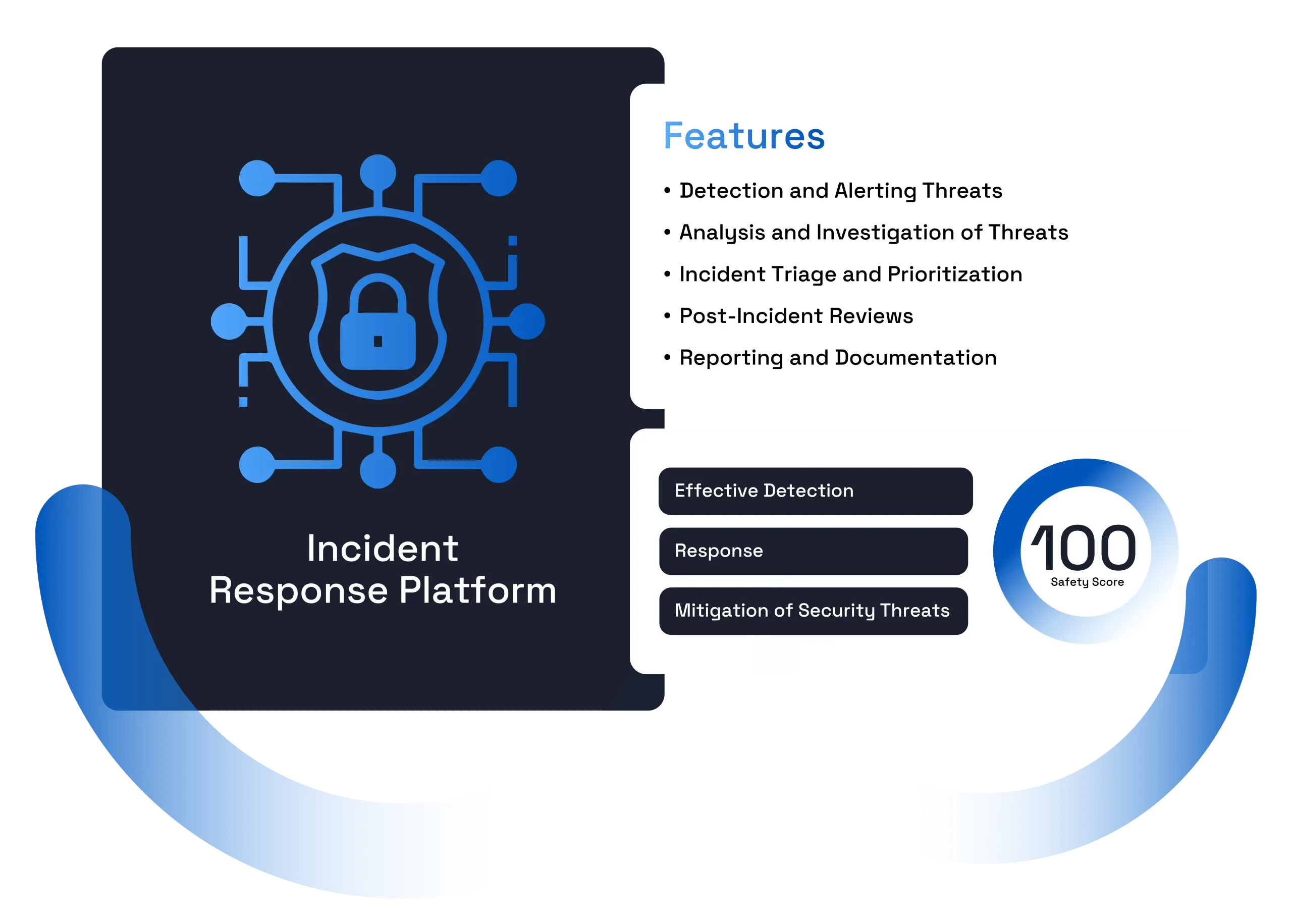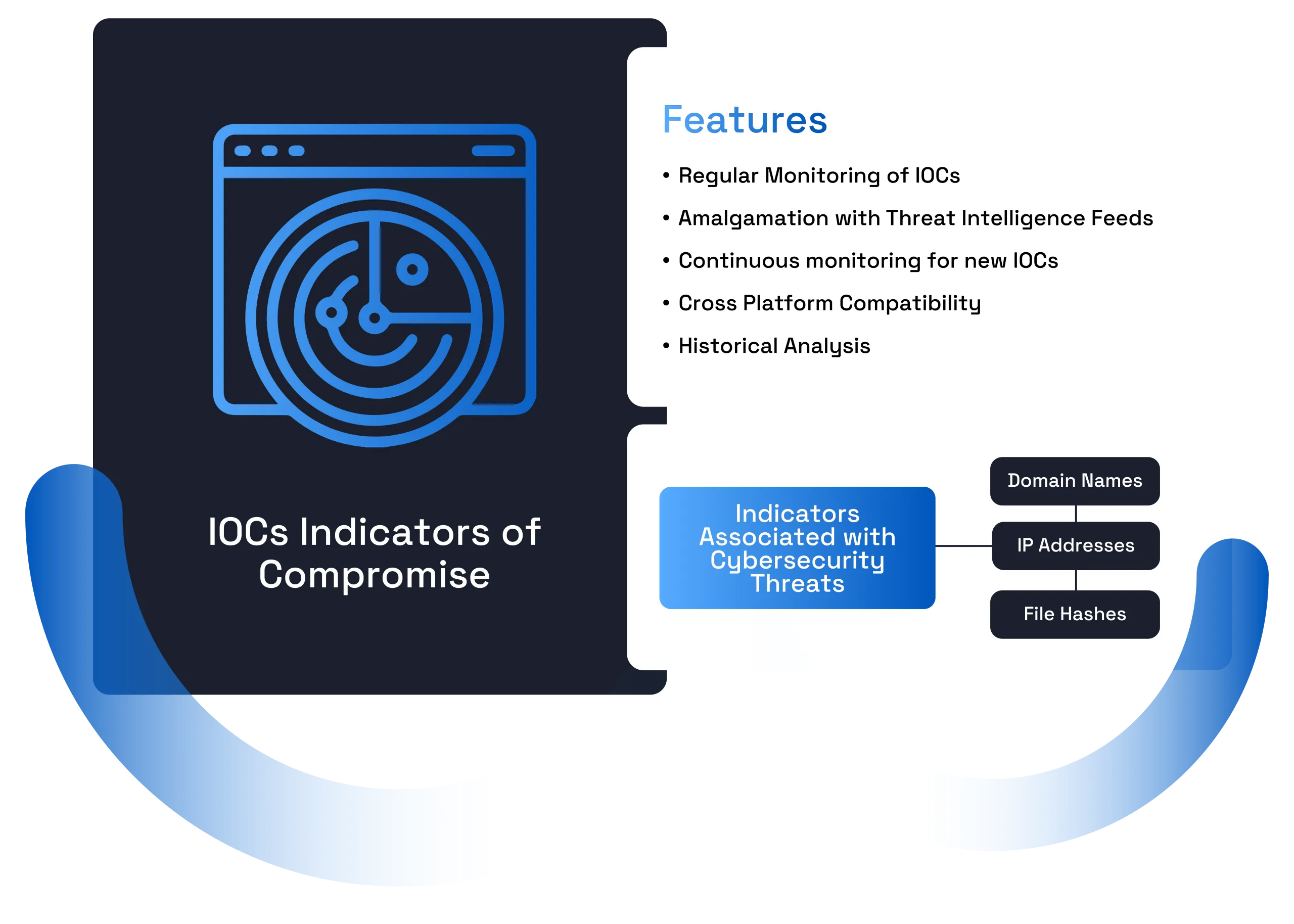Experiencing a Breach?
+92 21 34014666
Preemptive Security
Red Teaming
XDR
EDR
Breach Investigation
Vulnerability Assessment
Penetration Testing
Infrastructure Security Assessment
Application Security Assessment
Compromise Assessment
Compliance Accreditation and Consulting
Information Security & IT Audits
Secure Source Code Review
Security Architecture Review & Design
Premises Security
Datacenter Security Review
Physical Security Review
Risk Assessment
Managed SOC Services
SIEM Solution
SOAR
TI Platform
IR Platform
IOCs Platform
PCIDSS - Payment Card Industry Data Security Standard
Enhanced Security Solutions
Ethical Hacking
Continuous Security Monitoring
Threat Intelligence
Malware Analysis
Platform Overview
Novasecuris – Clycn AI
Clycn AI – Overview
Managed SOC Services
Clycn AI Console
How it works?
Technology Alliances
Our Technology partners
Substructure
Clycn AI
Anticipating risks, securing your future.
Why Clycn AI?
Technological Singularity Clycn.ai SIEM, SOAR, TIP, IRP and IOCs
Managed SOC Services Platform
Clycn AI SIEM
Clycn AI SOAR
Clycn AI TIP
Clycn AI IRP
Clycn AI IOCs
Cyberpedia
Cyberpedia
Dedicated to providing comprehensive information, articles, and guides.
FAQs
Your concerns?
We hear you
Trainings Substructure
Certifyre - by Novasecuris
Managed SOC Services
Certifyre Modules
Mastery Module
CS Module
ISMS Module
ITG Modules
Training Modules
Certifyre – Mastery Modules
CISA – Certified Information Security Auditor
CISM – Certified Information Security Manager
CRISC – Certified in Risk and Information System Controls
CGEIT – Certified in the Governance of Enterprise IT
Certifyre – CS Modules
CEH – Certified Ethical Hacker
CHFI – Computer Hacking Forensic Investigator
VAPT – Vulnerability Assessment and Penetration Testing
SOC – Security Operation Centre Analyst
Training Modules
Certifyre – ISMS Modules
ISO/IEC 27001 ISMS – Foundation
ISO/IEC 27001 ISMS – Lead Implementer
ISO/IEC 27001 ISMS – Lead Auditor
CISSP – Certified Information Systems Security Professional
Certifyre – ITG Modules
COBIT 2019 – Foundation
COBIT 5 – Foundation
COBIT 5 – Implementer
COBIT 5 – Assessor
FAQs
Why Certifyre?
Certifyre, the Nova's Academy for professional cybersecurity certifications, dedicated to empower individuals and organizations.
Your concerns?
We hear you




